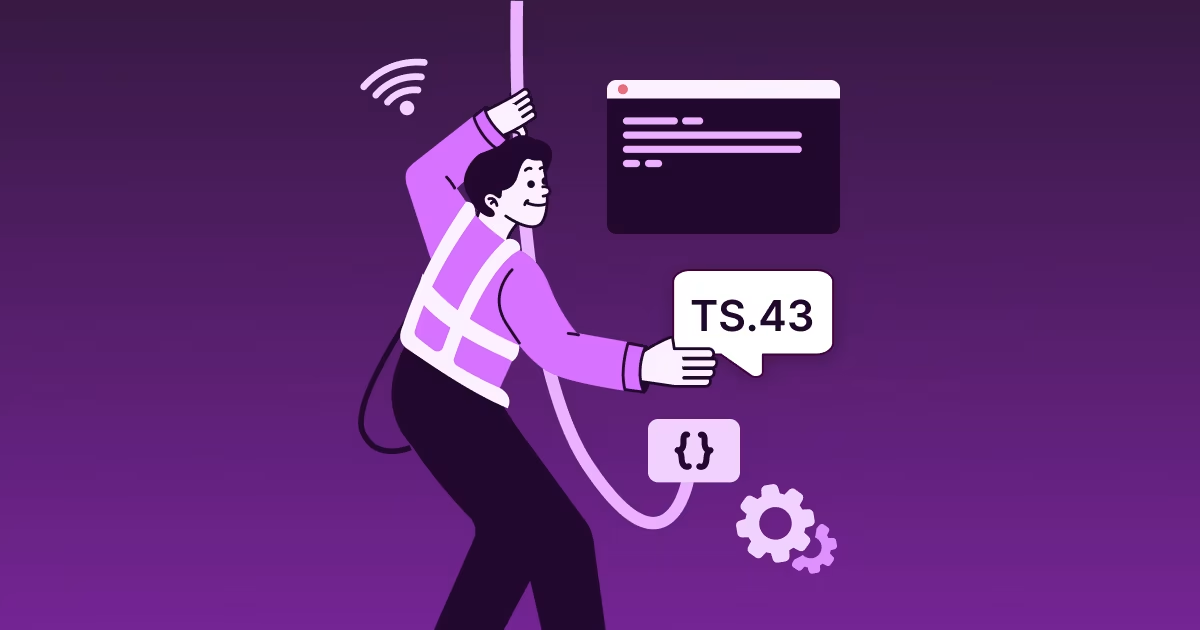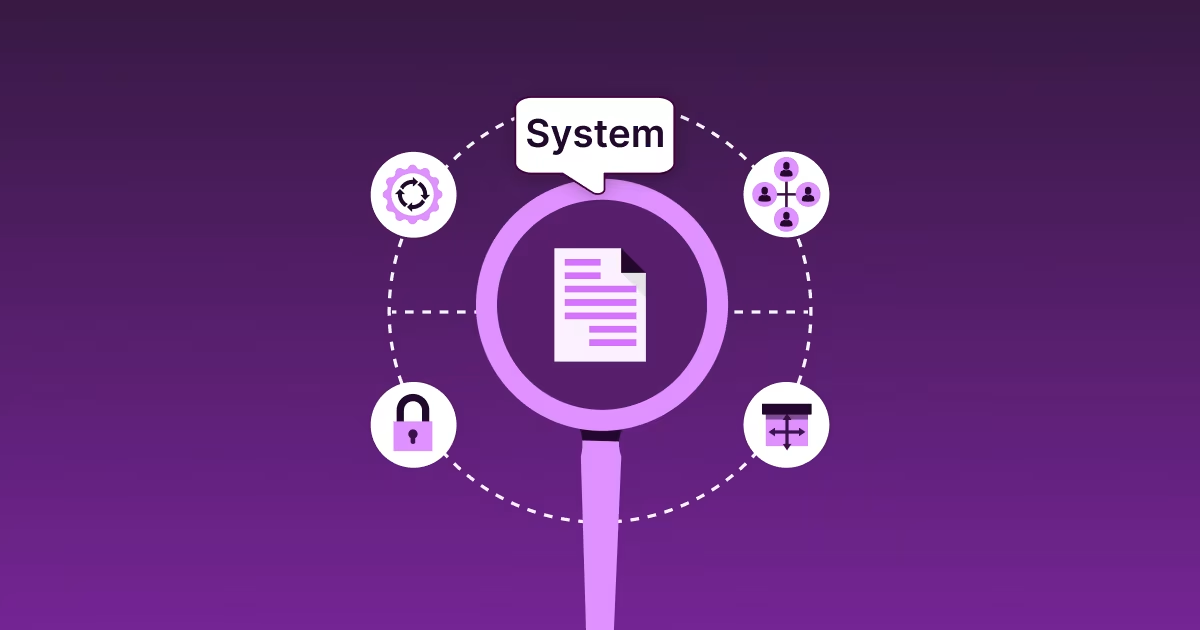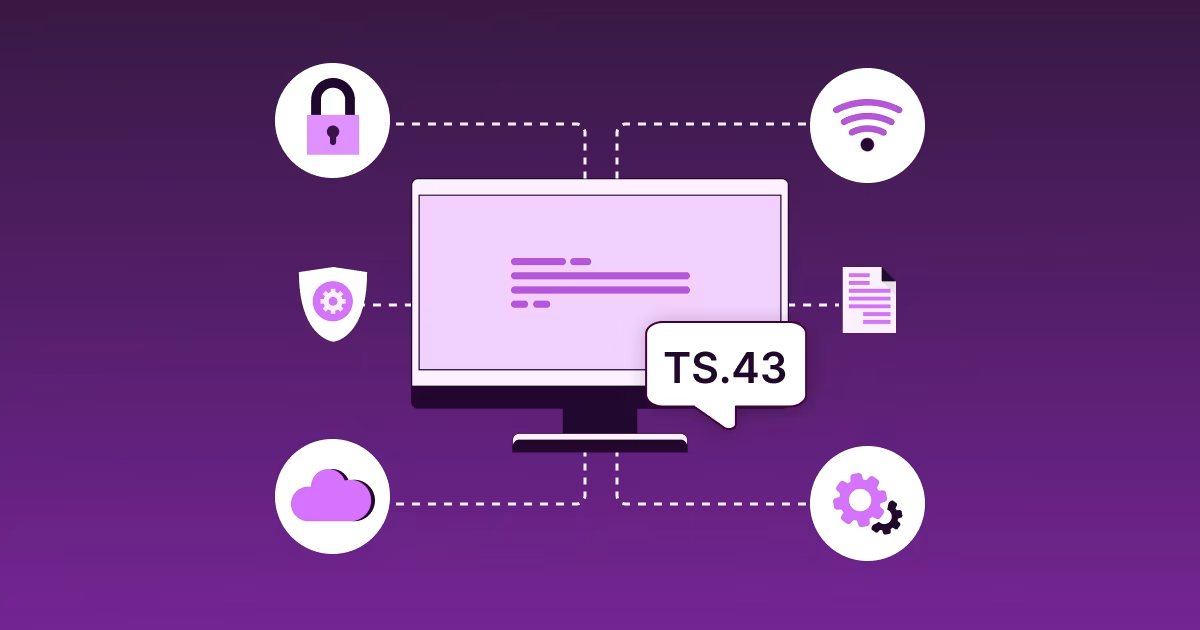How to Implement an Entitlement Server (TS.43) for Mobile Operators: Step-by-Step Guide

Key Takeways
If you’re a mobile operator or OEM, you’ve probably heard the term TS.43 Entitlement Server tossed around in every device onboarding or VoLTE discussion lately. And for good reason.
As more devices rely on VoLTE, VoWiFi, and eSIM, entitlement servers have quietly become the backbone of how operators activate and manage these services. In fact, without one, users might not even be able to activate these services on iPhones or Samsung devices.
So if you’re wondering how to implement a TS.43-compliant entitlement server—and do it right—this guide will walk you through the process step by step.
We’ll cover everything from defining requirements and setting up integrations to testing, validating, and scaling your setup.
What Is an Entitlement Server and Why Does TS.43 Matter?
Before we dive into the how, let’s quickly cover the what.
An entitlement server is a platform that helps mobile operators determine whether a user’s device and SIM are eligible for services like VoLTE, VoWiFi, or eSIM activation.
It communicates with the device and your core network to automatically configure services based on a standard called 3GPP TS.43.
You can think of TS.43 as the universal language between devices (like iPhones or Samsung phones) and mobile networks. If your server speaks that language correctly, the device automatically configures itself for the right services—no manual setup, no call to customer care.
For a deeper dive, check out our blog: What Is an Entitlement Server & Why It Matters
Why You Need a TS.43-Compliant Entitlement Server
In short, compliance equals compatibility.
Most major OEMs (Apple, Samsung, Google, etc.) require TS.43 compliance before their devices can use operator-specific services like VoLTE or VoWiFi.
Without compliance, users face failed activations, dropped calls, and frustrated support teams.
With it, activation is instant—and invisible.
You’ll also be future-proofing your network for eSIM adoption and next-gen 5G entitlement flows.
If you’re comparing servers, you can also explore: Entitlement Server vs Authorization Server vs Provisioning Server
Step-by-Step: How to Implement an Entitlement Server (TS.43)
Here’s a practical, field-tested guide that most mobile operators follow during deployment.
Step 1: Define Your Entitlement Requirements
Start by listing what you want your entitlement setup to support.
Ask questions like:
- Which devices do we need to support (Apple, Samsung, etc.)?
- Do we need VoLTE, VoWiFi, or eSIM activation (or all three)?
- What’s our target go-live timeline?
You’ll also need to identify your integration points—like IMS, PCRF, and HSS.
This stage sets your technical and compliance boundaries.
If you want a clearer picture of how entitlement fits into your network, check out: Entitlement Server Use Cases
Step 2: Choose Your Deployment Model
Depending on your scale, security needs, and in-house capabilities, you can deploy your entitlement server in three ways:
- Cloud-hosted – Faster to deploy, managed by your vendor, minimal maintenance.
- On-premise – Full control, but more time and resources required.
- Hybrid – Mix of both for flexibility and scalability.
U2opia Mobile offers all three models, so you can choose the setup that fits your infrastructure best.
Step 3: Integrate with Your Core Network Systems
This step is where your entitlement server starts talking to your core.
You’ll need to integrate with:
- IMS Core – for VoLTE and VoWiFi authentication
- HSS/UDR – to check subscriber identity and status
- Provisioning and Policy systems – to update entitlements in real time
Use secure APIs (OAuth 2.0, TLS) to keep communication safe and compliant.
If done right, your entitlement server becomes a seamless bridge between devices and your network.
Step 4: Configure OEM Entitlement Endpoints
Each device manufacturer has its own entitlement process:
- Apple: Needs HTTPS endpoint registration and valid SSL certificates.
- Samsung: Uses XML-based provisioning through TS.43-compliant requests.
Here’s what you’ll typically configure:
- DNS entries for entitlement URLs
- SSL certificates and domain whitelisting
- OAuth tokens for secure communication
U2opia helps operators handle Apple and Samsung configurations end-to-end, ensuring your setup passes OEM validation tests.
Step 5: Test and Validate the Integration
Testing is where the magic happens—and where most issues show up if you skip steps.
Here’s what to test:
- VoLTE activation on iPhones and Samsung devices
- VoWiFi entitlement response times
- Error handling for invalid SIMs or unsupported devices
- Fallback logic for network unavailability
You’ll also want to monitor logs and entitlement responses for each test case.
Our internal teams usually recommend running tests across different device versions and firmware builds.
Step 6: Monitor, Optimize, and Scale
Once your entitlement server goes live, it’s not a “set and forget” system.
Keep an eye on:
- Entitlement request volumes
- Response time and latency
- Success and failure rates
- Regional usage patterns
These insights help you optimize entitlement flows and troubleshoot any OEM-specific issues quickly.
Regular updates to maintain TS.43 compliance are key, as device vendors often tweak requirements.
If you want to learn more about keeping your setup secure and compliant, check out: Security in Entitlement Servers
Common Implementation Challenges (and How to Avoid Them)
Even with a clear roadmap, operators often run into a few roadblocks.
Here are the top ones—and how to sidestep them.
Working with a vendor like U2opia helps you bypass these hurdles. We’ve already solved them for dozens of Tier-1 operators worldwide.
Benefits of a TS.43-Compliant Entitlement Server
Let’s be real—this isn’t just about compliance. It’s about experience.
Here’s what a well-implemented entitlement server can do:
- Instant VoLTE and VoWiFi activation
- Seamless eSIM onboarding
- Lower customer support load
- Higher device compatibility
- Better data insights for future planning
With the right setup, operators can turn entitlement from a back-end necessity into a competitive advantage.
Why Choose U2opia Mobile for TS.43 Implementation
At U2opia Mobile, we’ve helped operators across regions go live with TS.43-compliant entitlement servers that are fast, secure, and OEM-approved.
Here’s what makes us stand out:
- Proven deployments with major mobile operators
- Built-in compliance with Apple, Samsung, and GSMA standards
- Scalable architecture for global rollouts
- 24/7 technical support and OEM certification help
- Flexible pricing and deployment models
Get in touch with our experts today to see how quickly you can launch your TS.43-compliant Entitlement Server.
Conclusion: Go TS.43 Compliant the Smart Way
Implementing a TS.43 Entitlement Server doesn’t have to be a long, complex process.
With the right partner, you can go live fast, stay compliant, and deliver a flawless activation experience to your users.
If you’re ready to simplify your entitlement journey, get in touch with our experts and start your TS.43 implementation today.
FAQs
1. How long does it take to implement an Entitlement Server?
Typically, between 6–10 weeks depending on integrations, testing, and OEM approvals.
2. Can U2opia handle Apple and Samsung certifications?
Yes. We assist with OEM validation and ongoing compliance maintenance.
3. Do I need a separate entitlement server for VoLTE and eSIM?
No. A single TS.43-compliant entitlement server can handle multiple service entitlements






.png)


